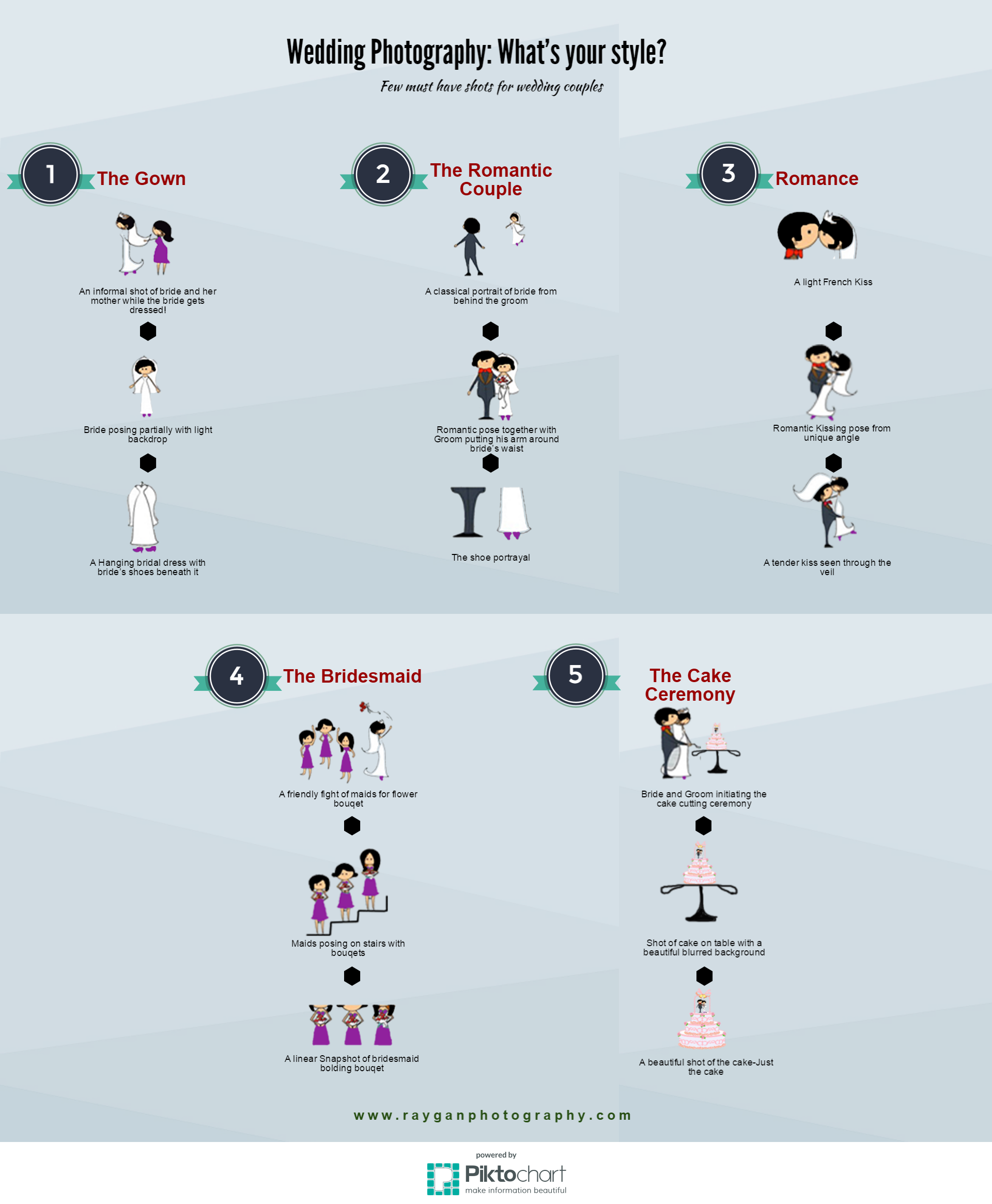What Every Professional Photographer Needs To Learn About Lighting
What Every Professional Photographer Needs To Learn About Lighting
Blog Article
Published By-Gillespie Godwin
As a professional photographer, you recognize that lighting can make or break your pictures. Comprehending the subtleties of both natural and fabricated light is crucial for catching the mood and clarity you aim for in your work. Whether you're chasing the perfect golden hour glow or tweak your artificial arrangements, understanding these components can boost your photography dramatically. Yet there are common pitfalls that lots of neglect, and acknowledging them can transform your strategy to every shoot. Let's explore what you might be missing and how it can affect your results.
Recognizing Natural Light
Comprehending natural light is essential for any kind of digital photographer seeking to improve their job. It's the foundation of fantastic photography, affecting state of mind, tone, and clarity. When you shoot outdoors, take note of the moment of day. The gold hour-- quickly after dawn and prior to sunset-- supplies soft, warm light that can change common scenes right into spectacular photos.
Do not take too lightly the power of overcast days. Cloud cover diffuses sunshine, creating a soft, also light that's best for pictures and macro digital photography. You'll discover colors appear this kind of illumination without extreme darkness.
Placing issues, too. Always consider your subject's alignment to the source of light. If the sunlight's behind your subject, you might end up with a silhouette, which can be significant but mightn't be what you desire. Alternatively, straight sunlight can develop unflattering shadows.
Explore angles; sometimes, altering your viewpoint can generate impressive outcomes. Use natural reflectors, like water or sand, to bounce light onto your subject, adding dimension.
Mastering Artificial Light
Understanding synthetic light is necessary for photographers who intend to take their skills to the next level. Whether Personal branding using speedlights, studio strobes, or continuous lights, recognizing just how to adjust these resources can dramatically improve your images.
Beginning by familiarizing yourself with the essentials of light quality, direction, and shade temperature level. Try out different modifiers like softboxes, umbrellas, or grids to regulate the softness or violence of the light.
You'll find that soft light often creates lovely results, while harsher light can include drama and deepness. Don't avoid darkness; they can boost the three-dimensionality of your subjects.
Pay close attention to the placement of your lights. A light located as well near your subject can create uncomplimentary outcomes, while too far away can result in a lack of information. Make use of a light meter or your cam's pie chart to guarantee you're exposing properly.
Lastly, keep in mind that man-made light can be blended with ambient light for imaginative results. Stabilizing these resources could take practice, but once you understand it, your digital photography will really radiate.
Techniques for Various Situations
When you step into various capturing scenarios, adapting your lighting strategies is essential for capturing the very best images. For outside pictures, utilize the gold hour-- morning or late afternoon light-- to soften darkness and boost skin tones.
If it's a rough midday sun, take into consideration making use of a reflector to bounce light back onto your subject or seek shaded areas for an extra also exposure.
In low-light circumstances, like indoor events, increase your ISO and make use of a broad aperture to allow in more light. A tripod can assist remove cam shake, enabling longer exposures without obscuring.
If you're contending night, try out off-camera flash to produce vibrant illumination and depth in your photos.
For item digital photography, make use of diffused lights to stay clear of harsh reflections. Softboxes or light camping tents can help achieve this impact.
When photographing try this out , take into consideration the direction of light and time of day, as it can substantially transform the state of mind of your shot.
Always be ready to readjust your settings and placing based on the situation, as adaptability is vital to understanding lights in digital photography.
Verdict
To conclude, mastering illumination is vital to elevating your photography skills. Accept natural light's appeal during golden hour, and do not avoid try out synthetic light techniques. By adjusting your method to different circumstances, you'll catch sensational pictures that resonate with feeling and clarity. Remember, the appropriate illumination can transform a regular shot into something remarkable, so maintain practicing and improving your understanding of both all-natural and man-made light. Delighted capturing!
